 Attachment theory helps us understand the processes by which children form healthy secure emotional connections to their parents and caregivers. It is based on the results of extensive studies of the parent-child relationship over previous decades.
Research shows that the development of social skills, emotional intelligence and resilience in children is connected to secure attachment. On the other hand, anxious attachment, often associated with neglect and high anxiety in the parent, can result in the development of childhood aggression, behaviour problems and mental health problems.
Attachment theory helps us understand the processes by which children form healthy secure emotional connections to their parents and caregivers. It is based on the results of extensive studies of the parent-child relationship over previous decades.
Research shows that the development of social skills, emotional intelligence and resilience in children is connected to secure attachment. On the other hand, anxious attachment, often associated with neglect and high anxiety in the parent, can result in the development of childhood aggression, behaviour problems and mental health problems.
American developmental psychologist, Mary Ainsworth, identified three patterns of attachment: secure, ambivalent and avoidant.
Securely attached infants
use their mother as a base for exploration when she is present, they become upset when mother departs and seek contact with her when she returns. Mothers who responded quickly and warmly to their babies’ cries during the early months of life not only tended to have securely attached babies at the end of the first year, but babies who cried less as well. These one-year-olds tended to use gestures, facial expressions, and vocalization to get their mother’s attention. Similarly, the children of mothers who had been most affectionate in holding their babies and who had given them a lot of physical attention tended to seek less physical contact at twelve months than the other babies. Ainsworth wrote that the secure babies because they had been so consistently responded to, seemed to have developed confidence in their ability to control what happened to them. It was found that mothers of securely attached children were significantly more responsive to their infants’ signals, quicker to pick them up when they cried, were rated much higher in sensitivity, acceptance, cooperation, and emotional accessibility. In these four scales of maternal behaviour seemed to reside the key to secure attachment.Ambivalent infants
(also known as an insecure attachment) tend to show anxiety even when the mother is present, become intensely distressed when separated and are difficult to comfort when the mother returns. Ambivalent children, although anxious and angry, had not crossed over into the protective state of indifference that the avoidant children displayed. They still hoped for solace and connection, but their anger spoiled the possibility of getting it. The behaviour of the anxious mothers ranged from mean-spirited to merely cool, from chaotic to incompetent. Many of these mothers were nice people and well-meaning parents who took pride in their babies and had various means of expressing their love. Some were good playmates or teachers, some were delighted by the positive qualities they saw in their children. But what they all had in common was difficulty responding to the baby’s attachment needs in a loving, attuned and consistent way.Avoidant infants
do not interact with mother when she is present, rarely cry when separated from her and avoid mother when reunited. The term ‘disorganized’ is used to describe those children who have experienced abuse and neglect. These children may respond in chaotic and unexpected ways, including interrupted movements and expressions, freezing, stilling and dazing. The mothers of the avoidant children, it was found, showed far less emotional expression, and, as Ainsworth’s student Mary Main later suggested, they seemed to be rigidly containing their anger and irritation. They behaved less affectionately when they were holding their babies, and they were more inclined to reinforce their commands with gruff physical interventions. Some of the avoidant mothers “mocked their infants or spoke sarcastically to or about them; some stared them down. The mothers of secure and ambivalent babies did not behave this way.” While the mothers of the ambivalent children were often unpredictable, the mothers of avoidant children were substantially more rejecting.Analysis of Ainsworth’s data revealed that her findings disproved conclusively the advice of many psychologists and paediatricians had been giving to American mothers for decades – that responding to their baby’s cries is not recommended as it’s reinforcing and encouraging the crying.
How parents in each category interacted with their toddlers:
Parents of securely attached children:
In observing the mother-child relationship at age two, it was found that overall, the mothers negotiated the toddler period with the same degree of sensitivity they’d shown in the first year. The mothers of secure children were, for instance, rated almost twice as high in both “supportive presence” and “quality of assistance”. They did not simply tell their child what to do – they gave him the information he needed to complete the task himself and helped him to see the connection between his actions and the results. Highly rated mothers gave minimal assistance along the way, just enough to keep the child engaged. They seemed to know how to love at a greater distance now, without withdrawing or impinging.The mother of the anxiously attached children
by contrast, seemed unwilling or unable to maintain an appropriate distance. Some became intrusive and made it impossible for the child to have his own experience. They would just get in there and almost solve the problem for him because it was too painful for them to watch the child struggle. But if children don’t get to struggle a little bit and be able to see either that they can accomplish it or that they need a little help, and to be able to figure that out on their own, if that process is interfered with, it’s a real loss for the child.The mothers of other insecure children
hung back, giving no assistance even when it was needed, or got involved in ways that the child couldn’t use, with the result that some passive children never got the push they needed and others became so frustrated that the experience was ruined for them. In either case, their confidence could only have been undermined by such experiences, and the team felt they were observing incompetence in formation. The consistency that they saw in the quality of parenting suggested that the benefits of secure attachment in the first year and the handicaps of anxious attachment would in many cases become solidified with age. Yet when parents become more mindful of their habits, how their actions affect their child and learn healthier ways of relating, positive change can and does happen. Awareness of how their habits of relating are affecting their child positively or negatively can empower parents to learn new and healthier ways of relating.Some valuable gems of insight from an expert in attachment science…
Jon G. Allen, PhD, is a psychologist and psychiatrist who has written extensively on the subject of attachment.
In this interview, he shares some gems about the value of a child’s connection to an attachment figure.
“Attachment is our fundamental way of coming to feel emotionally safe and secure, that’s at the core of mental health and a sense of wellbeing.”
“If you’re feeling connected to someone you feel secure with and trust, this takes a huge load off your brain. “
“Our most potent and efficient way of regulating emotional distress is to be connected with another person who you trust.”
“When a child feels safe and secure, they’re more capable.”
“The secure base (of being connected to an attachment figure) provides a kind of platform for the infant or toddler to go out and explore their world. So when the child feels safe and secure, they’re more capable of going out in the world and explore. Their attachment with their caregiver fosters independence.”
“Children who are securely attached tend to be the most independent.”
References and further reading:
Becoming Attached by Robert Karen
Why Love Matters by Sue Gerhardt
Genevieve Simperingham is a Psychosynthesis Counsellor, a Parenting Instructor and coach, public speaker, human rights advocate, writer and the founder of The Peaceful Parent Institute. Check out her articles, Peaceful Parenting eCourses, forums and one-year Peaceful Parenting Instructor Training through this website or join over 90,000 followers on her Facebook page The Way of the Peaceful Parent.
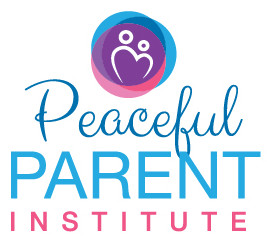
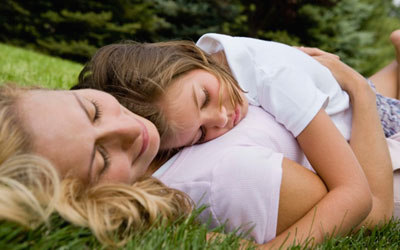
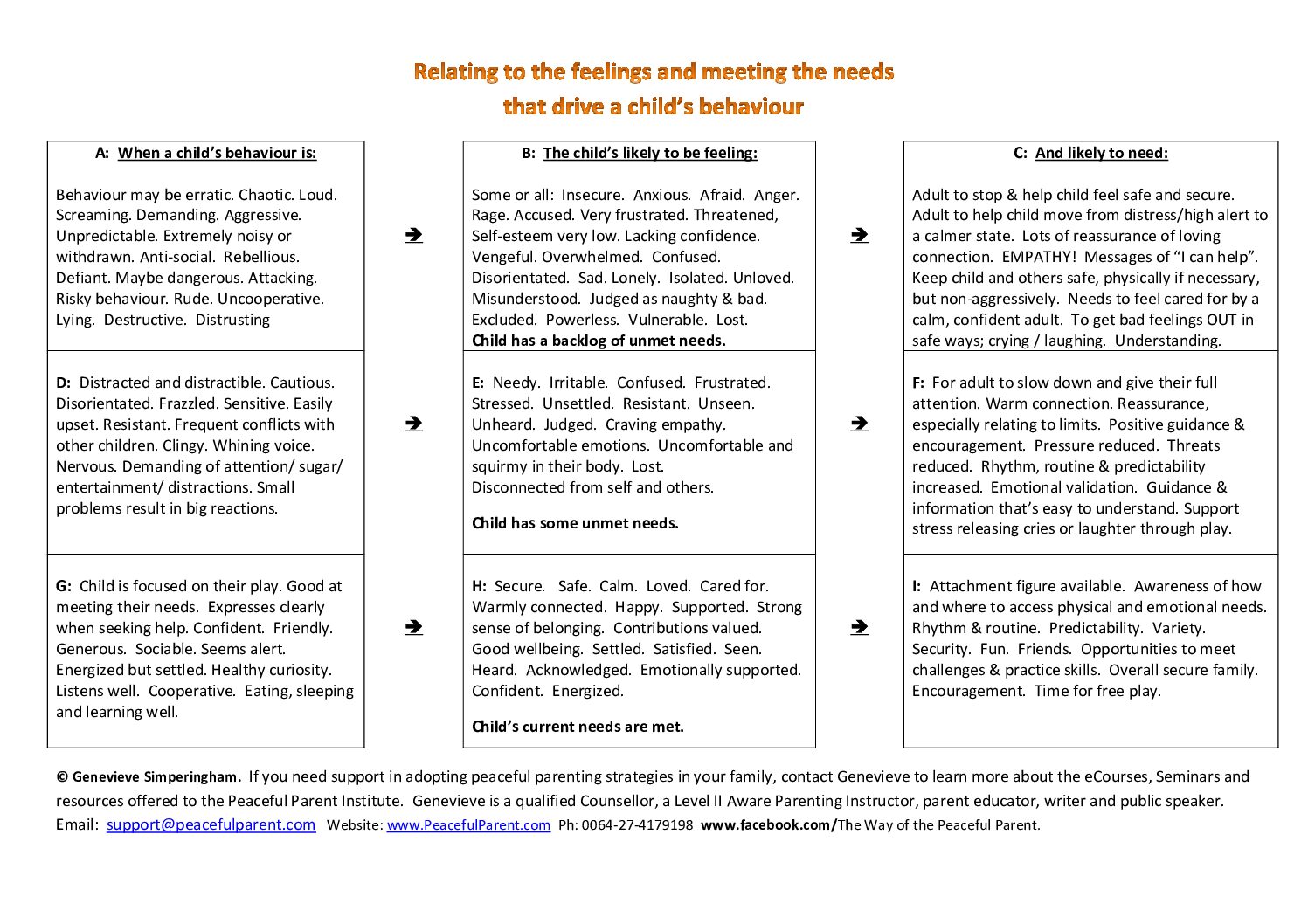

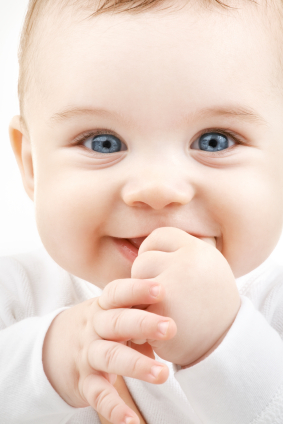
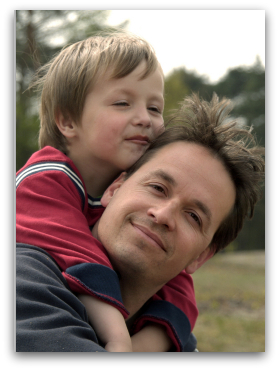
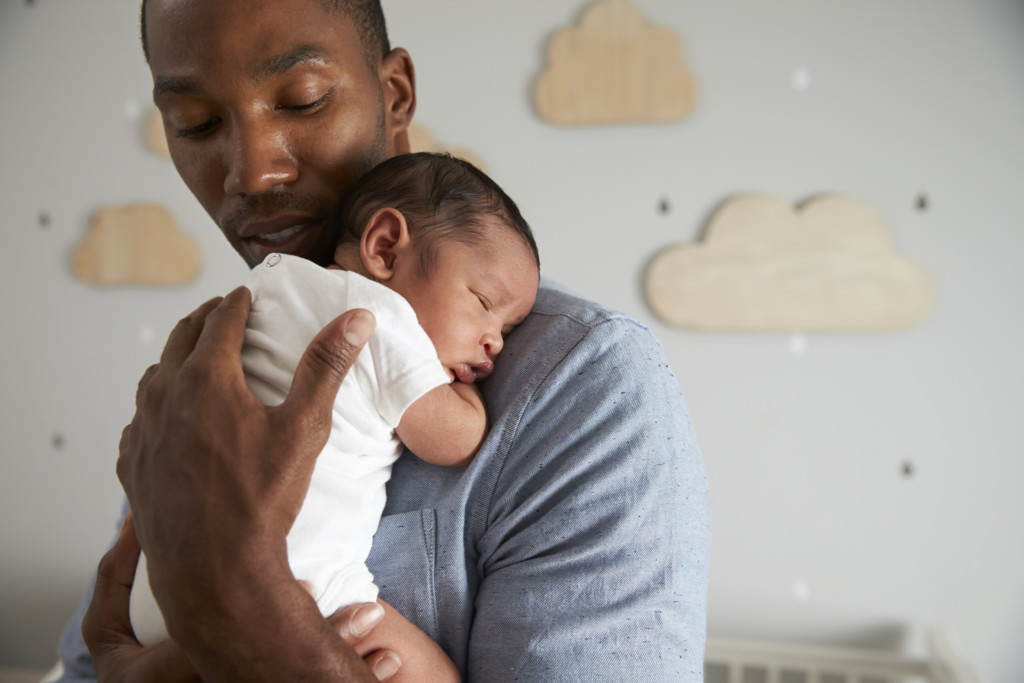
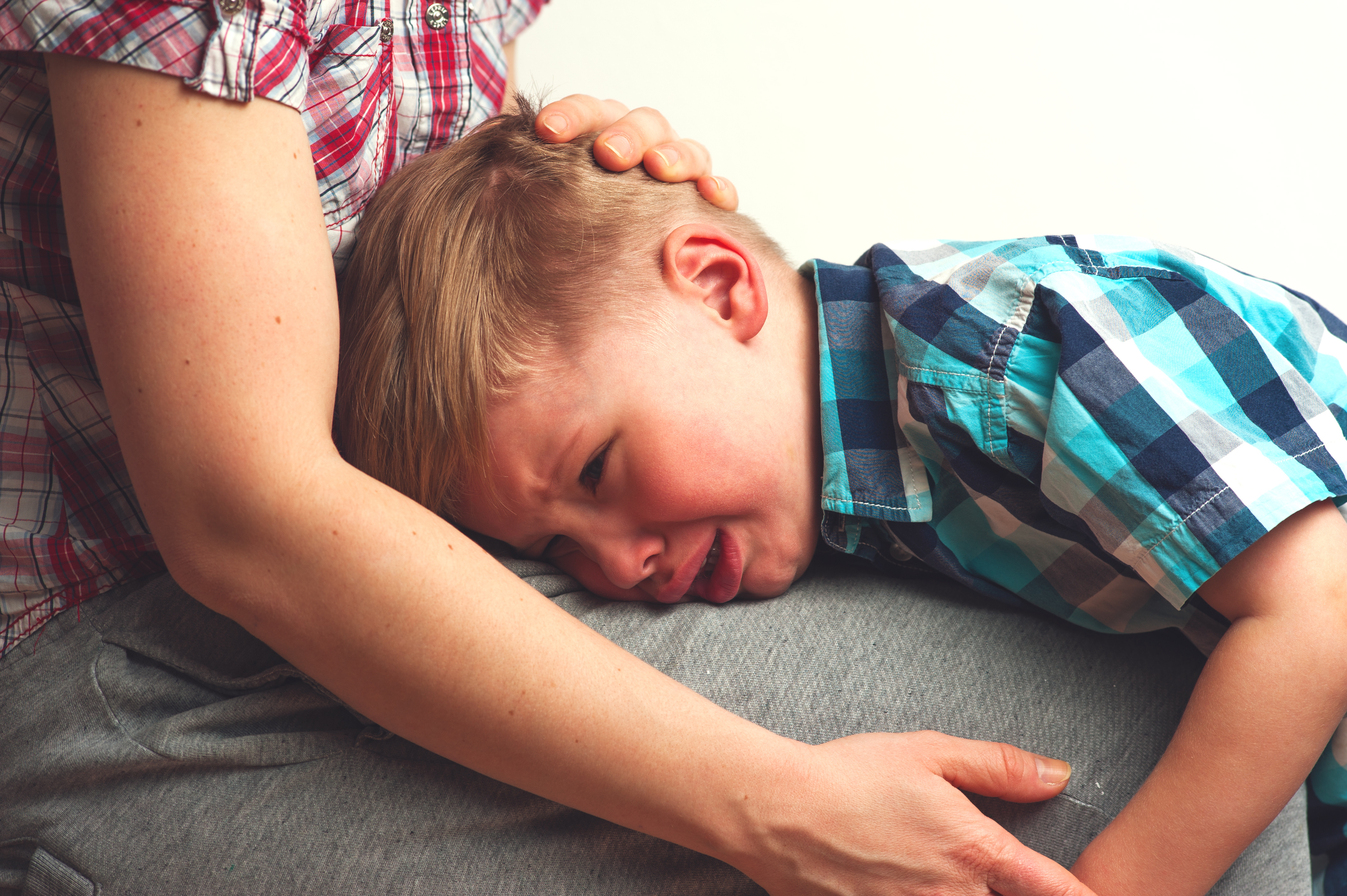

[…] children have a strong need to have access to at least one attachment figure, a person who they feel bonded and connected with, who is holding their care and best interests in […]
[…] be together and are grieving the loss of that which was their normal perhaps even since birth. Children are wired to connect and maintain connection and closeness to their attachment figures. Change should ideally happen in incremental steps for children to help them adapt, and to reduce […]
[…] towards yourself in honouring how hard this can be. An understanding I’ve gained from some of the attachment literature is that there’s something very primal in bonding through shared beliefs, shared […]
[…] natural for children to be discerning. It’s natural for them to gain the security that their attachment figure will remain available as they venture forth. One child may be nervous, while another child may just […]
[…] of alarm and frustration for children. The most pressing problem for the emotional brain to fix is separation from those a child is attached to. He advises avoiding or reducing unnecessary separation to take pressure off the limbic system. And […]
[…] of evolution. We have the huge advantage of a wealth of information on child development, including attachment theory, which is essentially the science of parent-child dynamics.One of the principle concepts that […]
[…] the child when they’re in this state of distress. Yet when a child is in distress, they have an attachment instinct to maintain close proximity and access care from their attachment […]